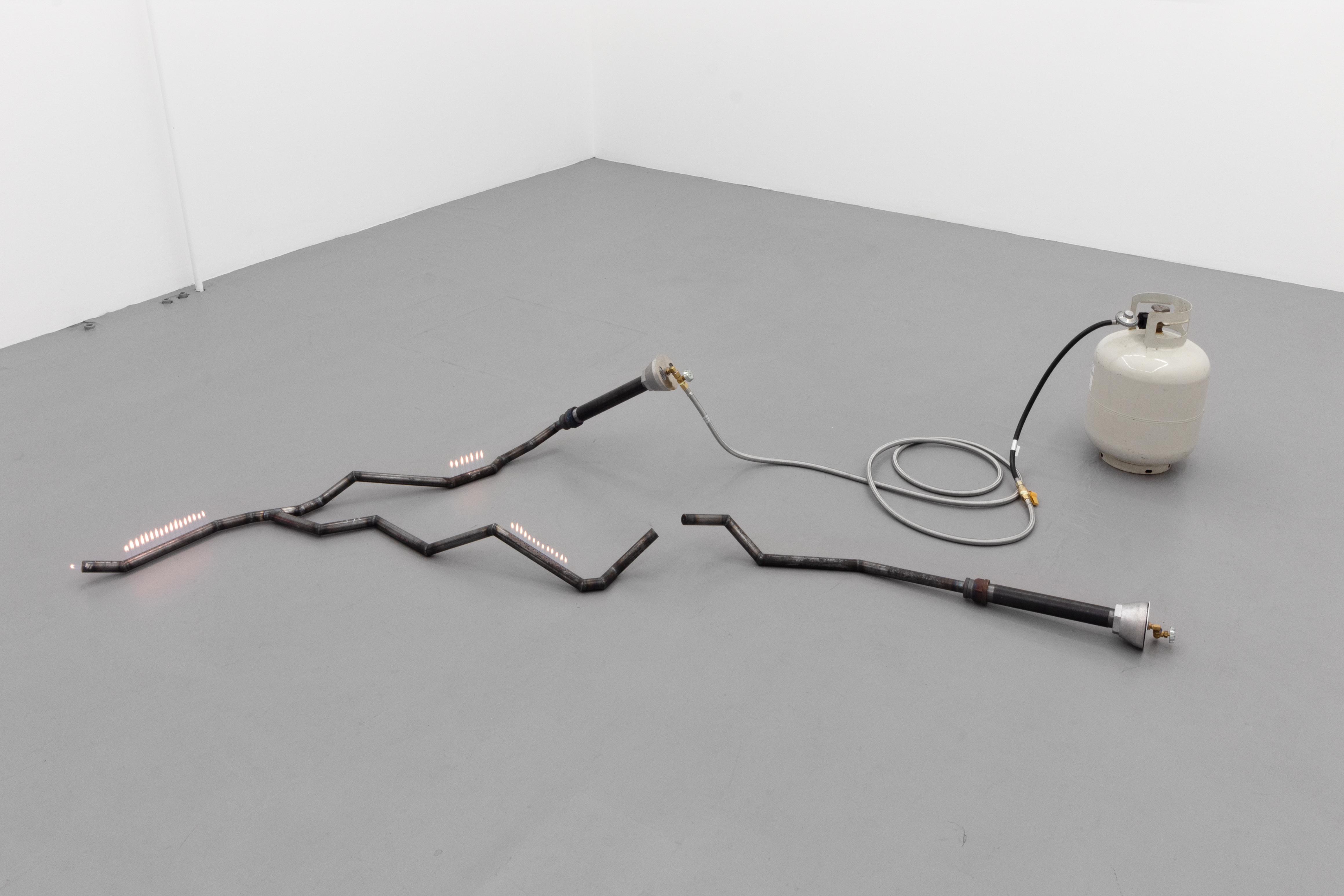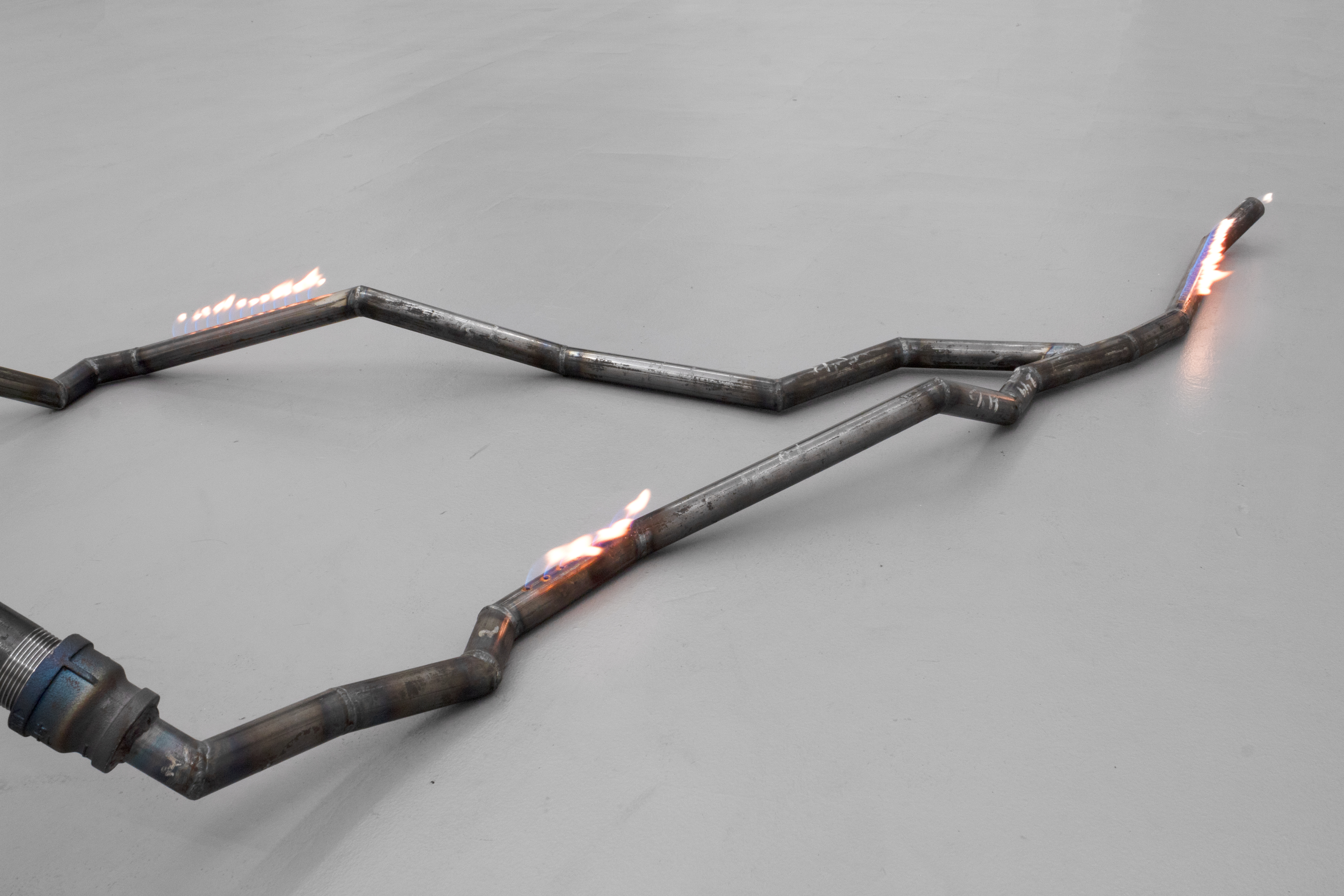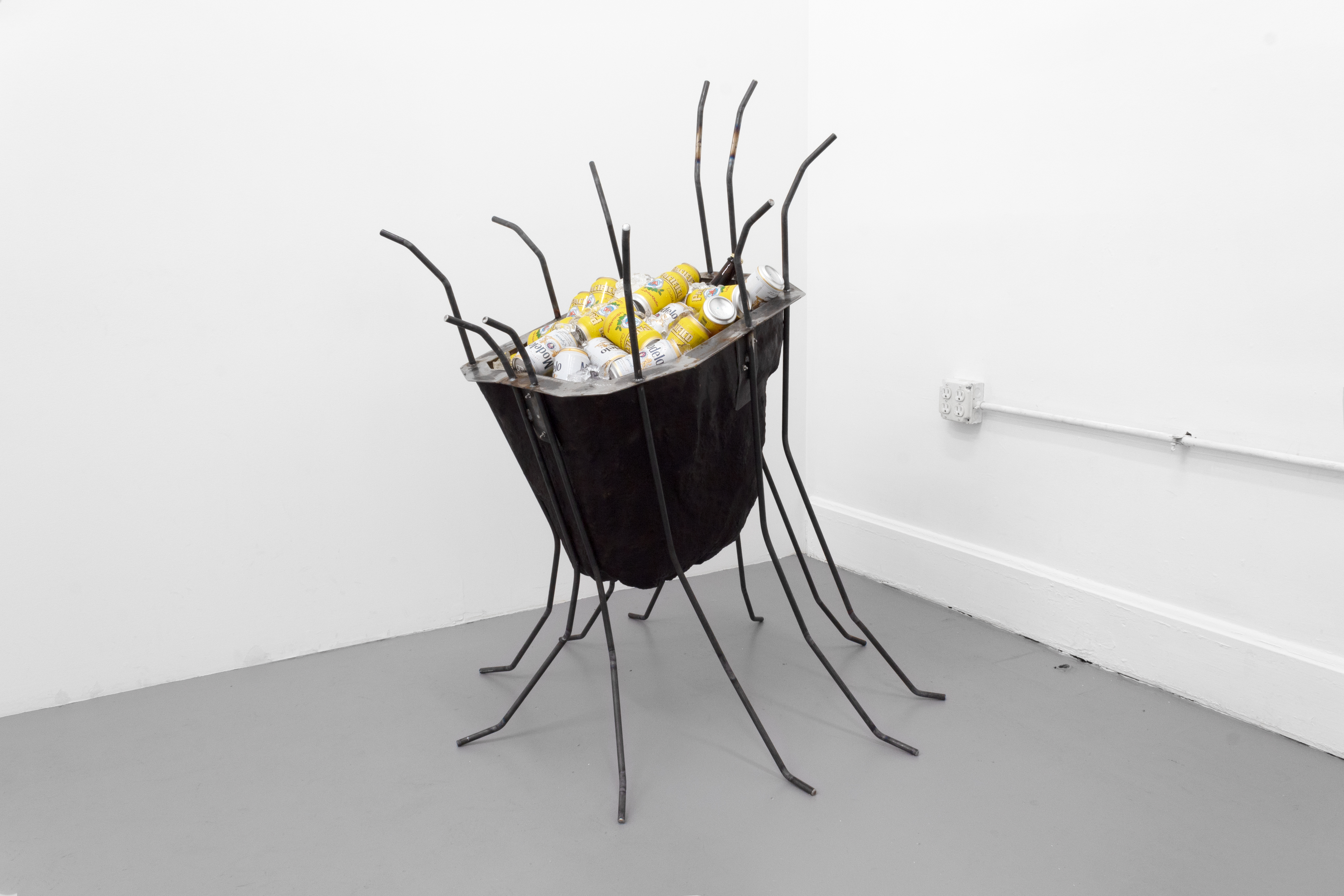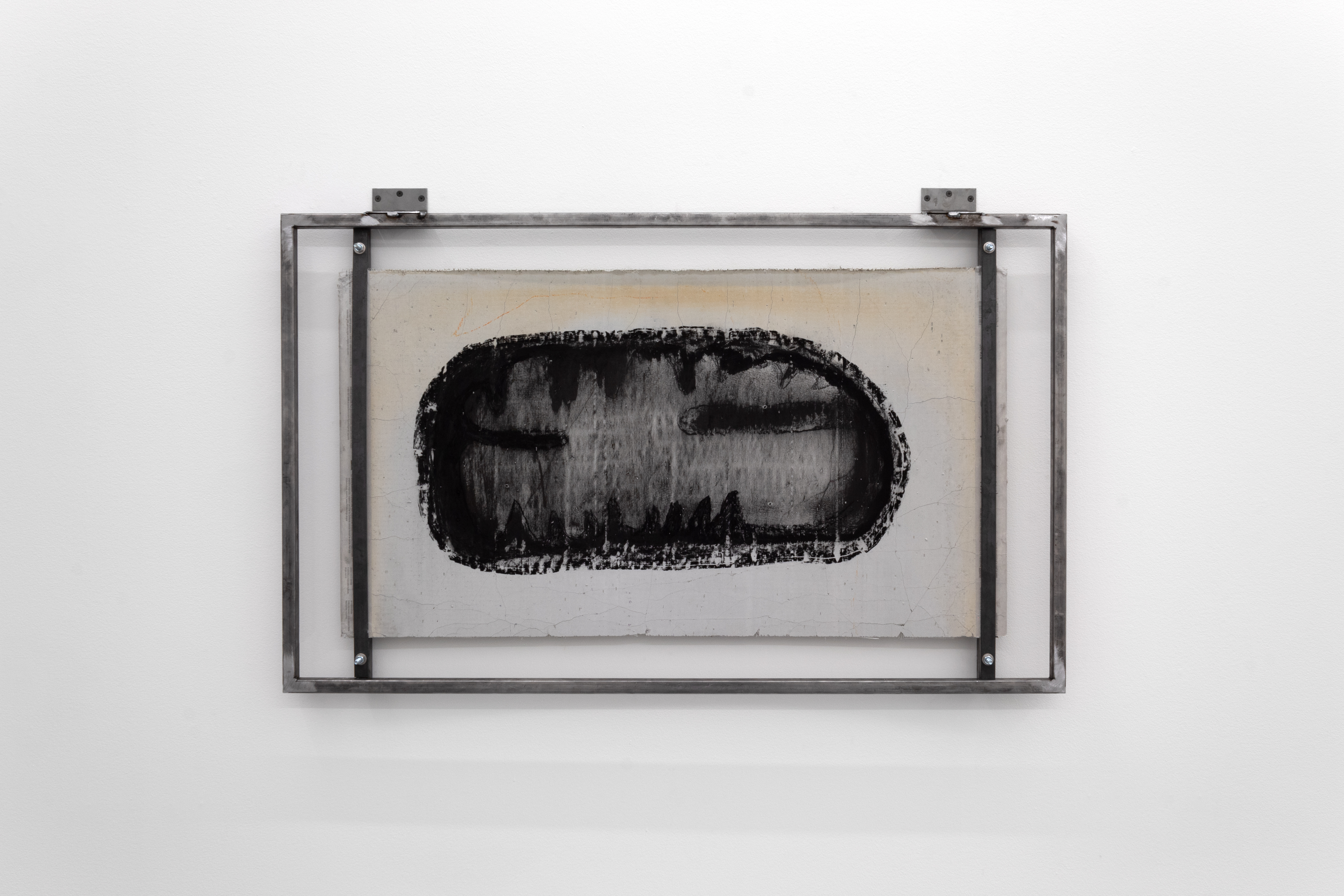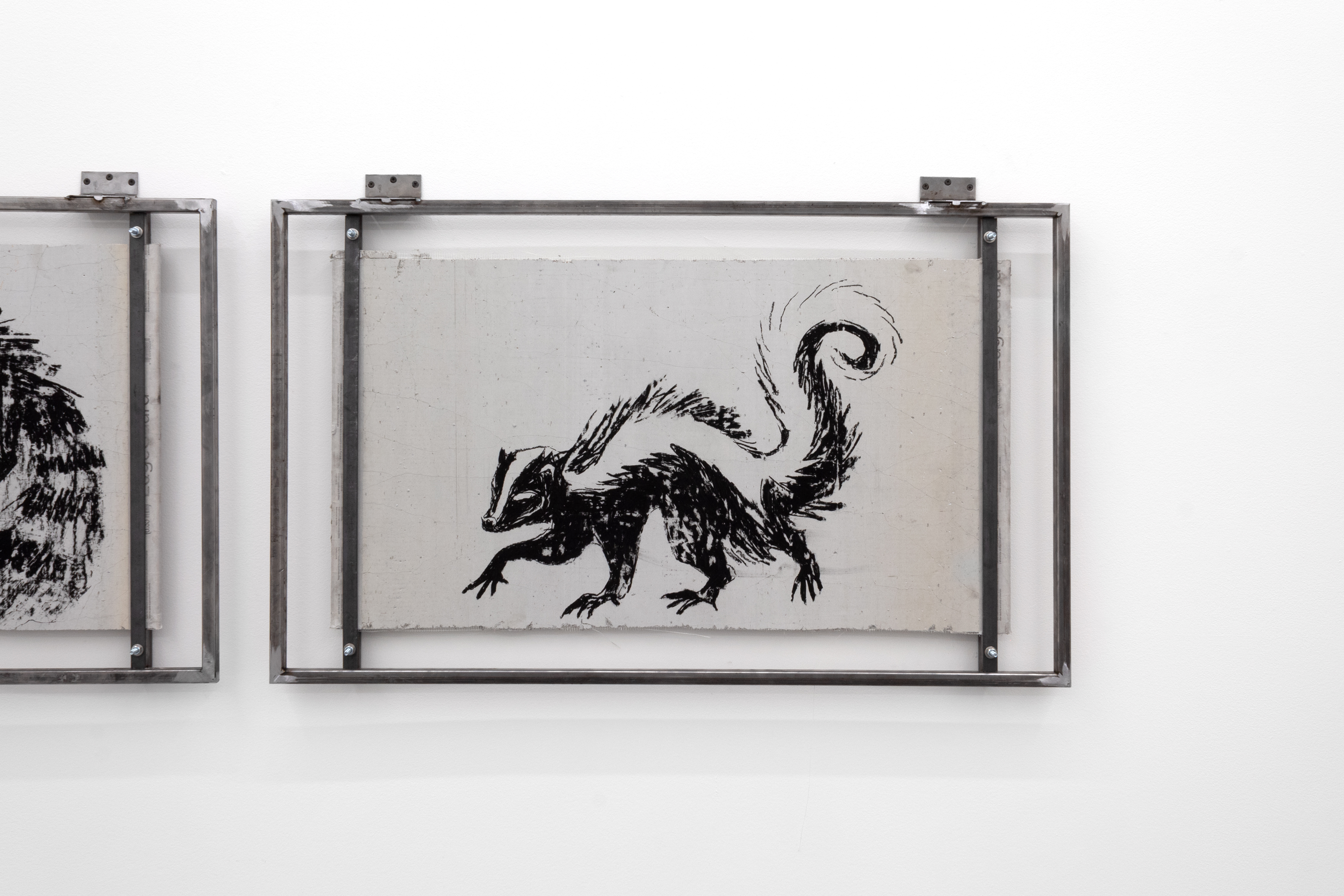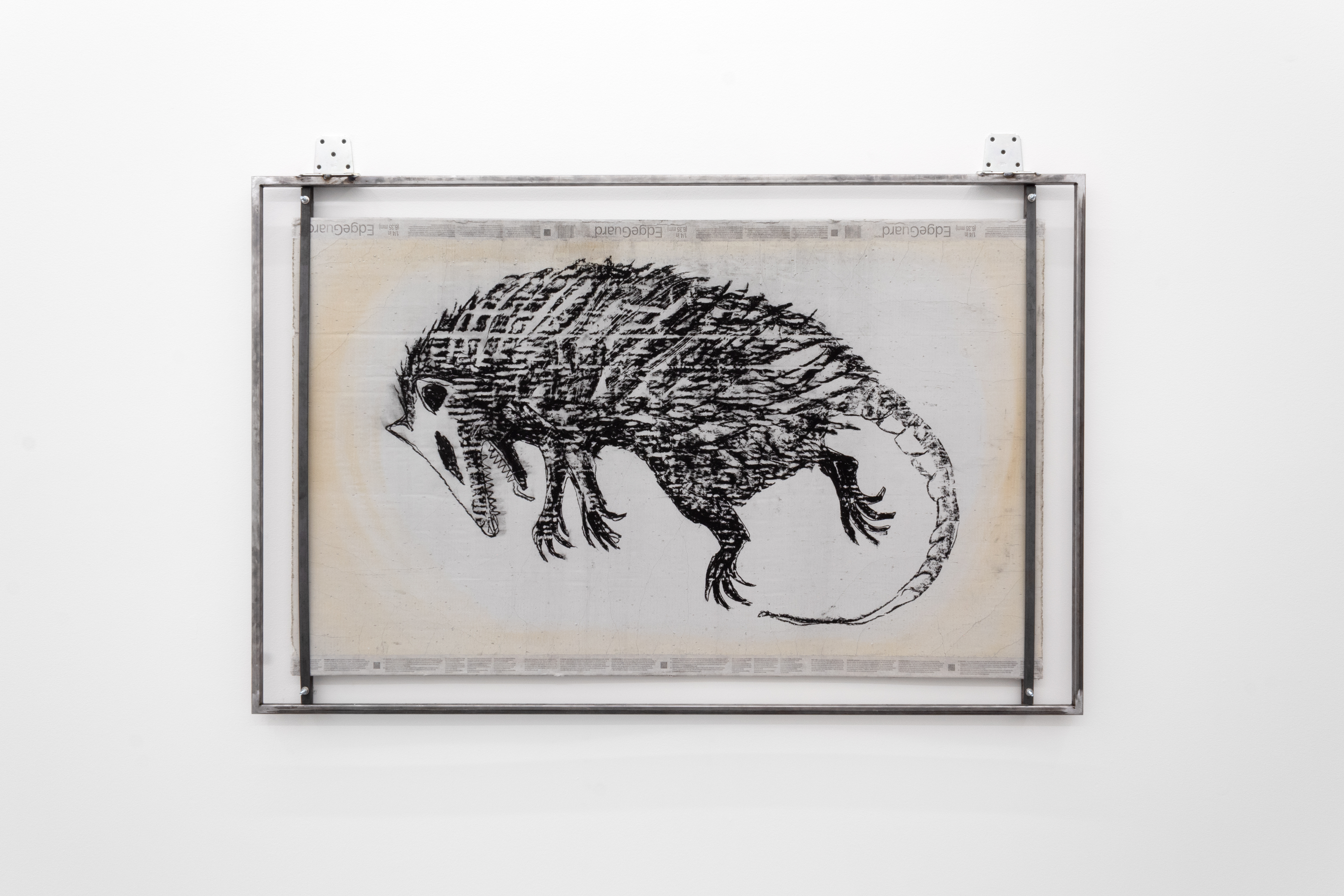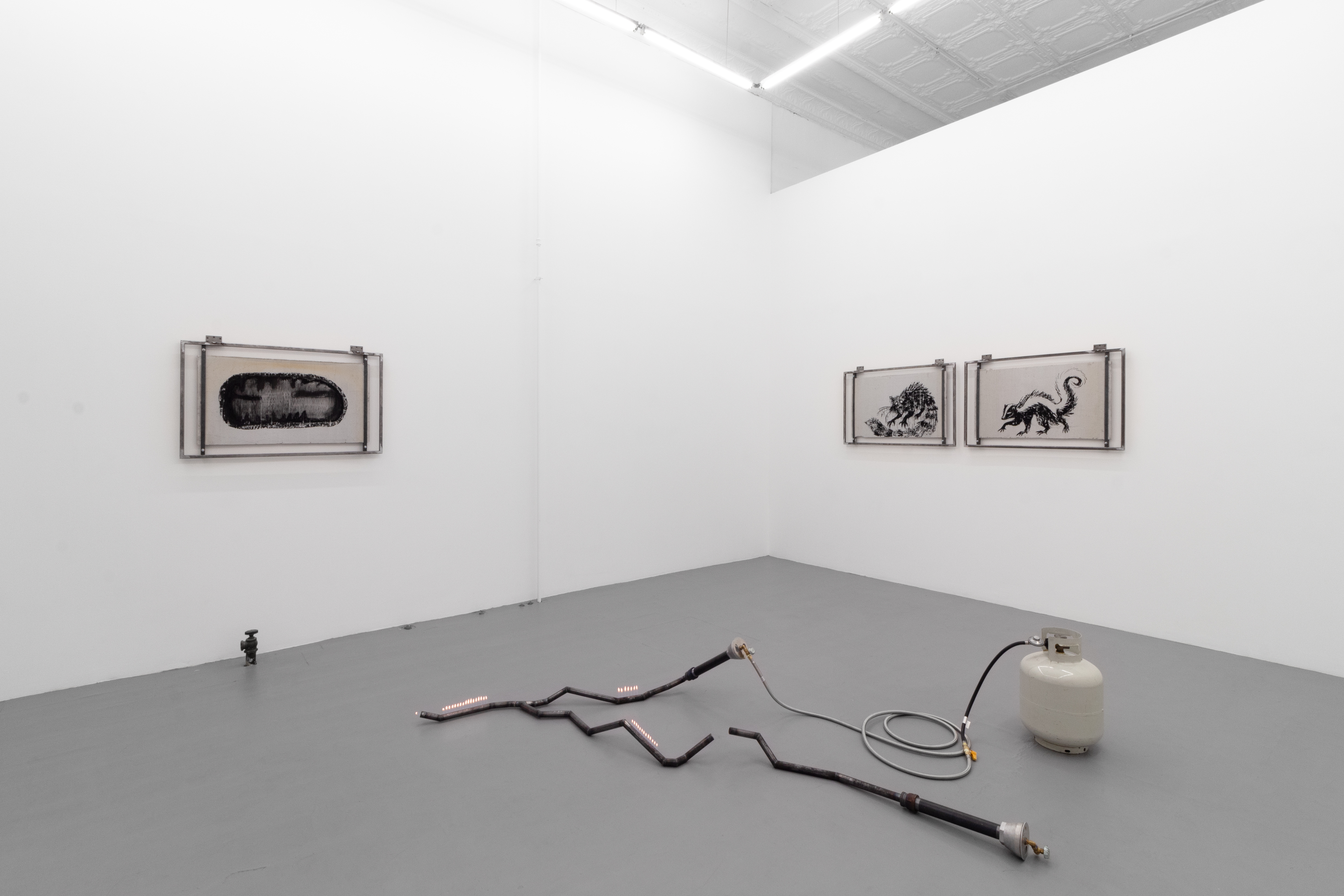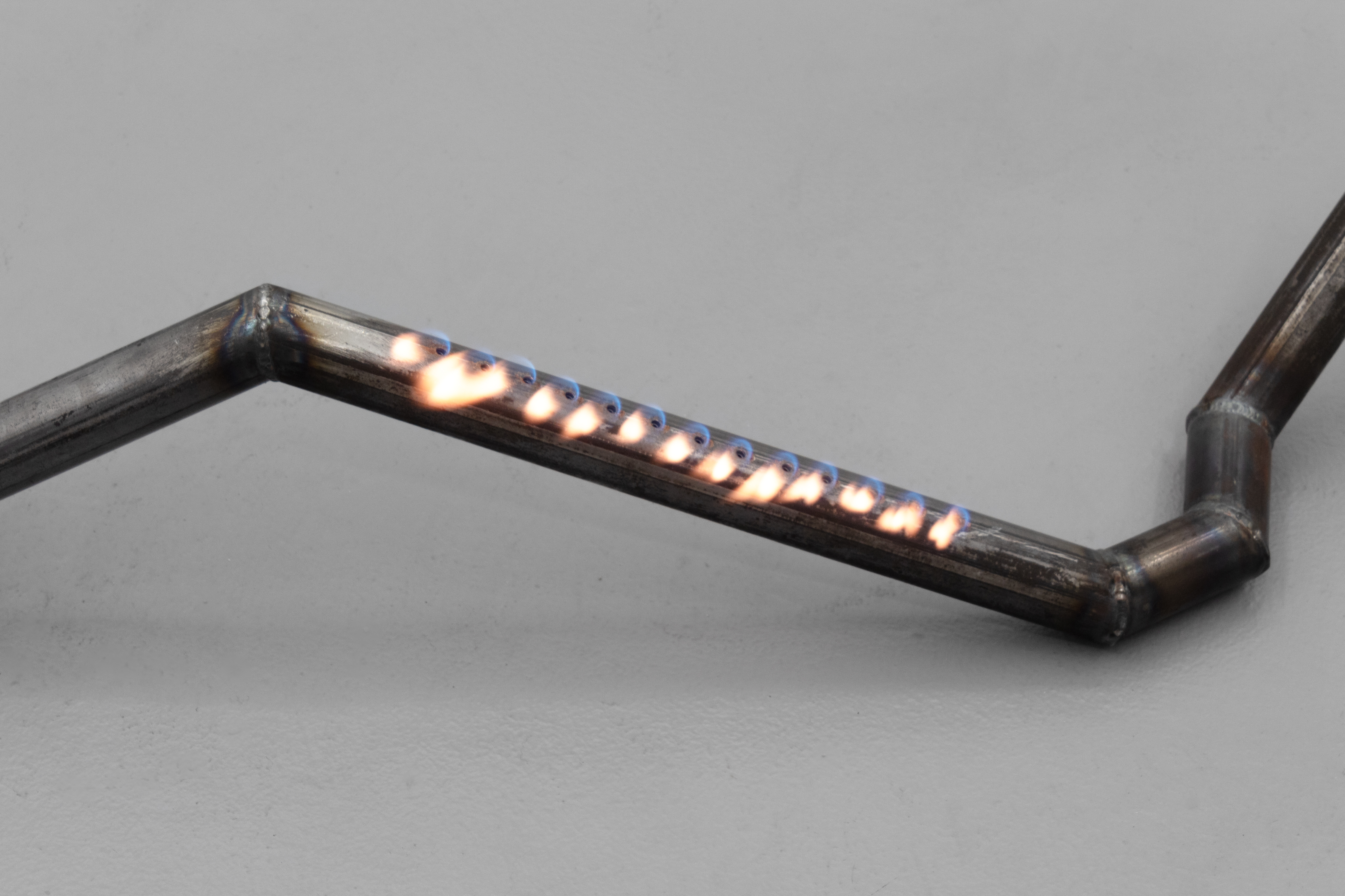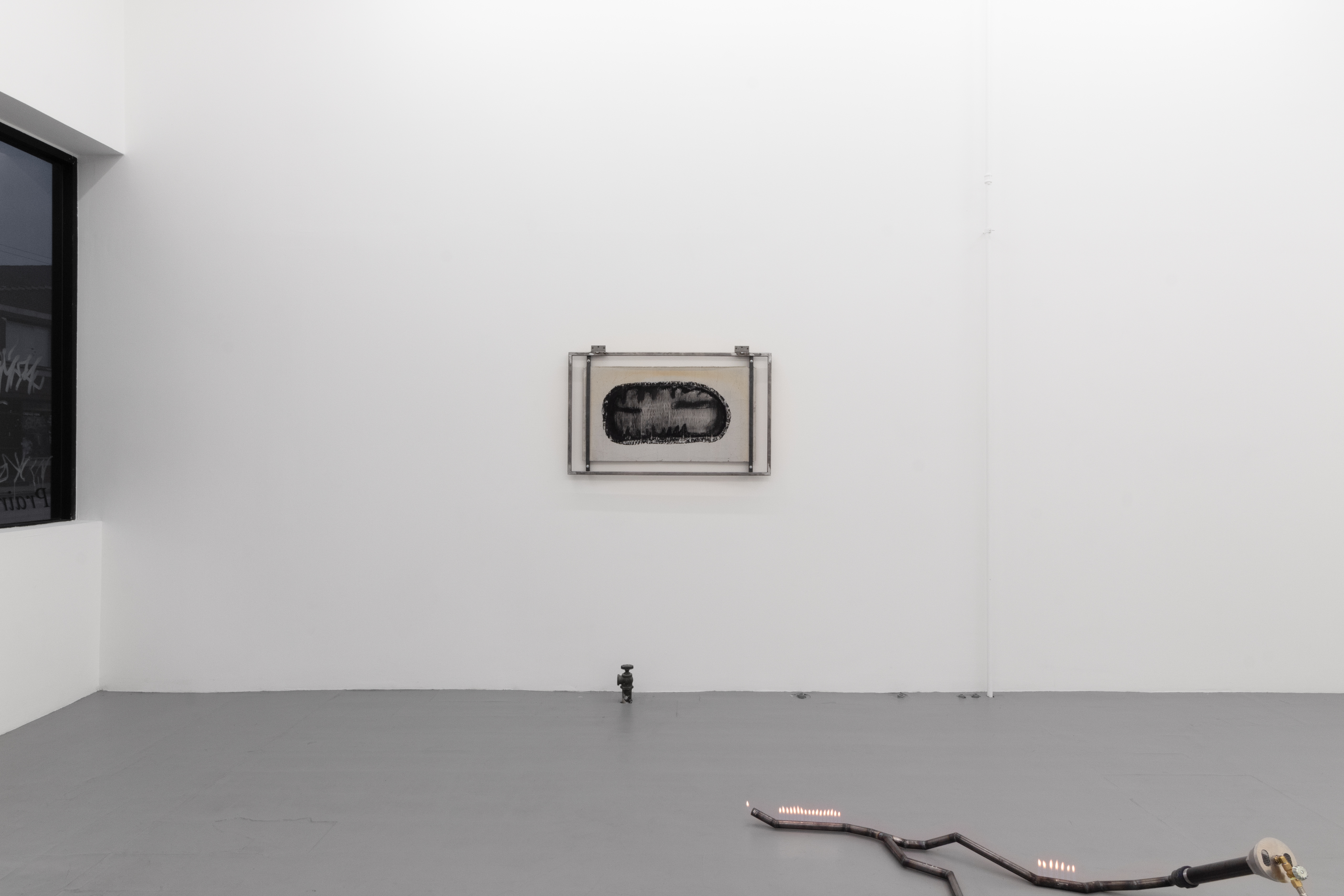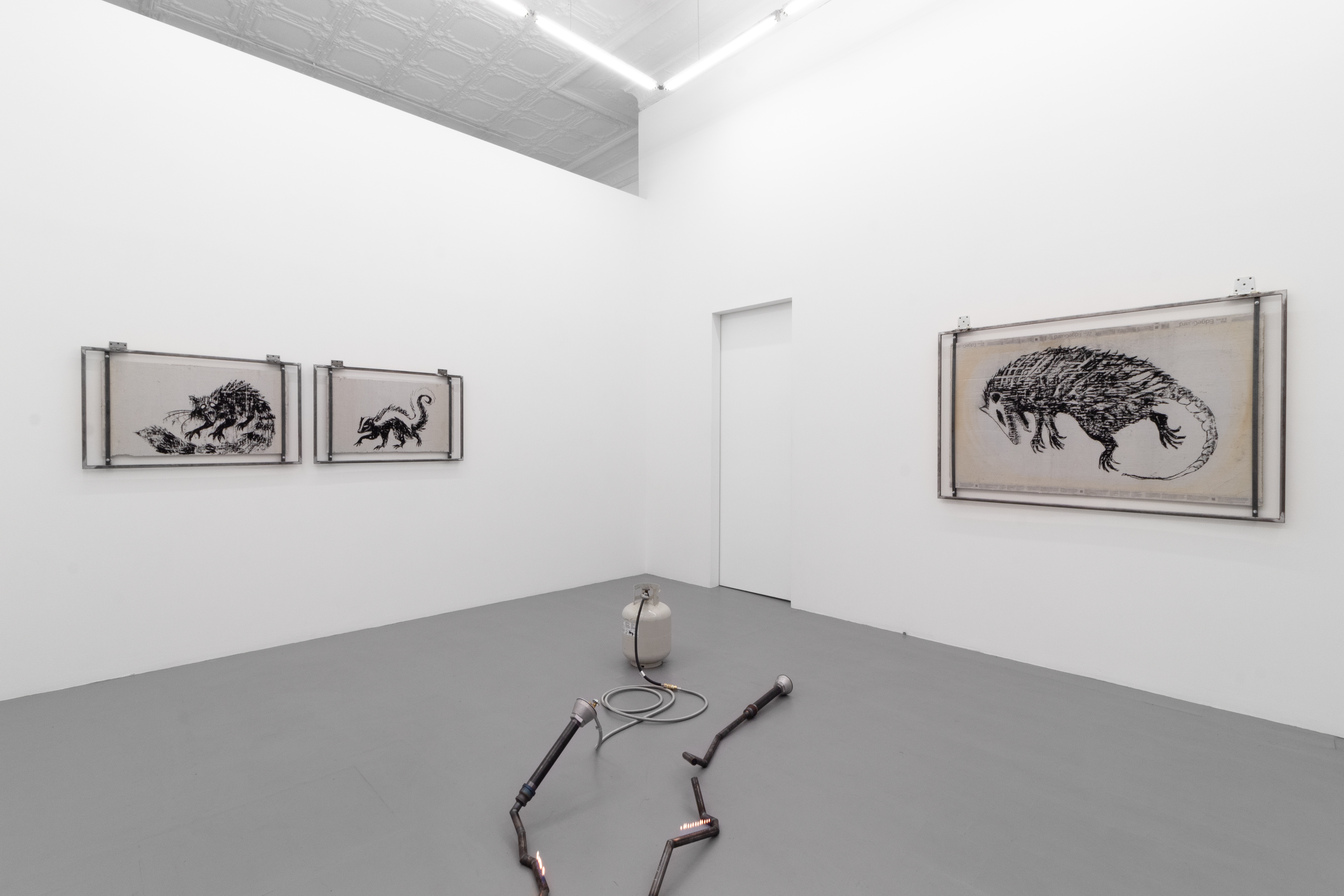ALBERTO ORTEGA-TREJO
Mexican artist, researcher and architectural designer.
Get in touch by clicking here: ✉
His work uses architecture,
drawing, sculpture, writing and video to explore histories of indigeneity in architectural
modernity, the production of extreme environments, the spatial politics of the colonial encounters in North America and the architectures of social experiments. He has been
an IDEAS Fellow of the Society of Architectural Historians and a grantee of Jumex
Foundation for Contemporary Art, Andrew W. Mellon Foundation, and DCASE,
among others. His work has been shown at Prairie, DePaul Art Museum, BienalSur, Ca’ Foscari
Zattere, Rhona Hoffman Gallery, Andrew Rafacz Gallery, Uri-Eichen Gallery, SpaceP11
and Centro de Arte y Filosofía. He has been a guest speaker for institutions and
organizations like DocTalks x MoMA for the Emilio Ambasz Institute, the American Institute
of Architects, the Society of Architectural Historians, Smart Museum of Art, Materia
Abierta, UPenn, MAS Context and CENTRO.
He is a lecturer of Architecture History and Studio at the School of the Art Institute of Chicago, the Program Manager of the Katz Center for Mexican Studies at the University of Chicago and an Independent Spatial Designer.
UPCOMING:
La mitad de abajo: ecosistema en penumbras. Asamblea de Artistas y Activistas del Valle del Mezquital. Galería A4, Tlahuelilpan, Hidalgo. Oct 5, 2025, 1PM.
ARTIFICIAL-AGENCY
Architectural Consultancy
Exhibition Strategy
Research and Publication
Previous clients and collaborators include, Art Institute of Chicago, Singapore Art Museum, Edith Farnsworth House, Goethe-Institut Chicago, Michael Rakowitz Studio, Black Athena Collective, Dawit L. Petros, and Center for Latin American Studies at The University of Chicago.
Keep scrolling for selected projects ↆ
One of the qualities of nocturnal beings is that they speak words of truth
Solo exhibition at Prairie, Chicago
From the perspective of complementary opposites that set the cosmos in its dynamic motion, there is, for the Otomí, a primary division in the separation between day and night. “This day/night asymmetry is marked by the opposition between two paradigmatic figures”: one of them is the night, which belongs to the Devil, and to him, the half of the world where the Otomí people, his children, live. In the Otomí worldview, the Devil acts as the demiurge of their destinies, creating and undoing in the night.
(…) the conjunction and disjunction of the various entities that inhabit the body during the day are carried out at night, when they come out to frolic along the path of dreams, where they meet and part according to the circumstances; as it ritually happens during the celebration of Carnival: a hallucinatory ritual where a sort of “clinical history” (“pulse measurement” or “calibration of forces”) can be read. A way to identify and name the instances involved in the process of reorienting the world.
This solo exhibition at Prairie revolves around a metal sculpture that contains and displays a burning propane flame. The tube’s geometric configuration is an abstract rendition of the overall shape of oil and gas pipelines that have exploded between Mexico and the United States in the past decade. The presence of the fire evokes and makes present the catastrophic outcome of oil and gas pipelines along the Valle del Mezquital region (labeled by national authorities as Mexico’s "Environmental Hell"), the home territory of the Otomi, where a series of explosions and leaks have contributed to the already dire ecological collapse of ecosystems and communities in the region.
The controlled yet menacing presence of the propane tank and gas valves addresses the history of controlled fires along the pipelines, performed by the Mexican state as a spectacle of industrial and economic progress. This structure, which embodies the state’s desire for containment and control, rests on the floor of the gallery and is surrounded by charcoal drawings over cement panels portraying nocturnal creatures: an opossum, a ringtail, and a skunk. The animals display archetypal passions that are present in the nocturnal world of Otomí cosmology and geography. Such animals, and their abstraction in the realm of dreams, also act as advisors for nocturnal meditations.
The night, in its psychic and erotic excess, produces a field of possibilities for the transfiguration of the human—a place to shift species, to become a tree, a ringtail, a mountain, but also to shift gender, to shift scale, and be in a continued search to reorient our position in the world and to increase the possibilities of human becoming. In the back of the room, a hollow plastic rock supported by a metal arachnid exoskeleton acts as a beer cooler, directly addressing the history of alcoholism and alcohol use in Otomi communities, not only as a carrier of disease but also as a means of sustenance and ritualistic excess. At the bottom of the hollow rock, below ice and alcoholic beverages, a group of maguey skins rest, drowning but also rehydrating themselves, slowly decaying and festering new forms of life.
(…) the conjunction and disjunction of the various entities that inhabit the body during the day are carried out at night, when they come out to frolic along the path of dreams, where they meet and part according to the circumstances; as it ritually happens during the celebration of Carnival: a hallucinatory ritual where a sort of “clinical history” (“pulse measurement” or “calibration of forces”) can be read. A way to identify and name the instances involved in the process of reorienting the world.
This solo exhibition at Prairie revolves around a metal sculpture that contains and displays a burning propane flame. The tube’s geometric configuration is an abstract rendition of the overall shape of oil and gas pipelines that have exploded between Mexico and the United States in the past decade. The presence of the fire evokes and makes present the catastrophic outcome of oil and gas pipelines along the Valle del Mezquital region (labeled by national authorities as Mexico’s "Environmental Hell"), the home territory of the Otomi, where a series of explosions and leaks have contributed to the already dire ecological collapse of ecosystems and communities in the region.
The controlled yet menacing presence of the propane tank and gas valves addresses the history of controlled fires along the pipelines, performed by the Mexican state as a spectacle of industrial and economic progress. This structure, which embodies the state’s desire for containment and control, rests on the floor of the gallery and is surrounded by charcoal drawings over cement panels portraying nocturnal creatures: an opossum, a ringtail, and a skunk. The animals display archetypal passions that are present in the nocturnal world of Otomí cosmology and geography. Such animals, and their abstraction in the realm of dreams, also act as advisors for nocturnal meditations.
The night, in its psychic and erotic excess, produces a field of possibilities for the transfiguration of the human—a place to shift species, to become a tree, a ringtail, a mountain, but also to shift gender, to shift scale, and be in a continued search to reorient our position in the world and to increase the possibilities of human becoming. In the back of the room, a hollow plastic rock supported by a metal arachnid exoskeleton acts as a beer cooler, directly addressing the history of alcoholism and alcohol use in Otomi communities, not only as a carrier of disease but also as a means of sustenance and ritualistic excess. At the bottom of the hollow rock, below ice and alcoholic beverages, a group of maguey skins rest, drowning but also rehydrating themselves, slowly decaying and festering new forms of life.
